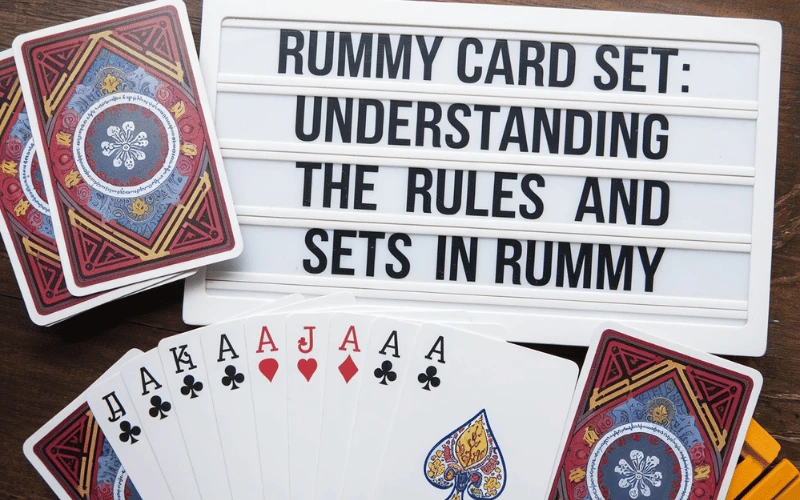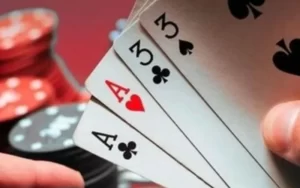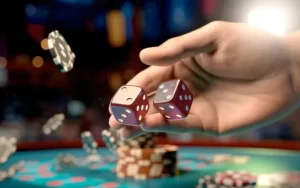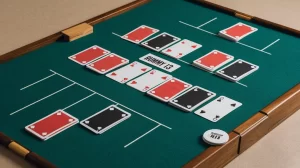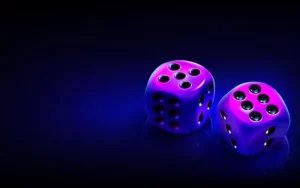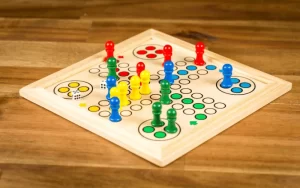Rummy is a popular card game played worldwide, requiring skill, strategy, and a good understanding of the rules and card combinations. Central to the game is the concept of sets and sequences, which players must form using a standard deck of cards. Whether you’re a beginner or an experienced player, knowing the details of how a rummy card set works and the rules surrounding it is essential for winning. This guide will cover everything you need to know about rummy card set and rules.
The Rummy Card Set
Rummy card set is usually played with one or two standard decks of cards, depending on the number of players. Each deck consists of 52 cards, divided into four suits—hearts, diamonds, clubs, and spades. Each suit contains 13 cards, ranging from Ace to King. In most rummy variations, two jokers are added, which can be used as substitutes for missing cards when forming sets or sequences.
Number of Cards in a Rummy Game:
- 2 players: One deck of 52 cards + 2 jokers.
- 3-6 players: Two decks of 104 cards + 4 jokers.
Understanding Rummy Card Set
The goal in rummy is to arrange all 13 cards in your hand into valid sets and sequences. A set is a combination of three or four cards of the same rank but from different suits. For example:
- A set of three cards: 7♠ 7♦ 7♣
- A set of four cards: Q♥ Q♠ Q♦ Q♣
Types of Rummy Sets
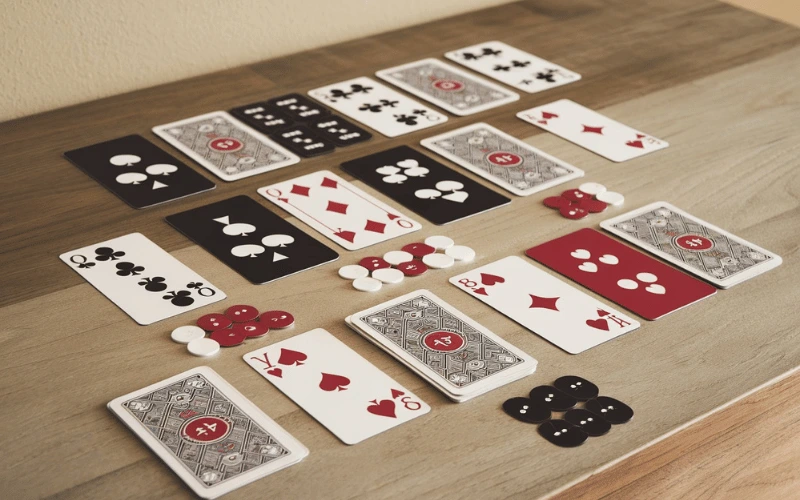
There are two types of combinations players aim to create: sequences and sets.
1. Pure Sequence
A pure sequence is a group of three or more consecutive cards from the same suit. Importantly, no joker can be used in a pure sequence. A pure sequence is mandatory to declare a valid hand in rummy card set. Examples include:
- 4♥ 5♥ 6♥ (a pure sequence of hearts)
- 10♠ J♠ Q♠ K♠ (a pure sequence of spades)
2. Impure Sequence
An impure sequence is a group of three or more consecutive cards from the same suit, but with the joker used as a substitute for one of the missing cards. An impure sequence still counts towards a valid declaration, but it can’t replace a pure sequence. An example of an impure sequence is:
- 4♦ 5♦ ? (joker replacing 6♦)
3. Set
A set is a group of three or four cards of the same rank but from different suits. Unlike sequences, sets do not require the cards to be consecutive, but they must be of the same rank. For example:
- A set of 5’s: 5♠ 5♦ 5♣
- A set of Jacks: J♦ J♣ J♠
A joker can also be used in forming sets, substituting for a missing card. An example is:
- K♣ K♠ ? (joker replacing K♦)
Rules for Forming Rummy Sets and Sequences
In rummy, the main objective is to form at least two sequences, one of which must be a pure sequence. Additionally, the remaining cards can be arranged in either sequences or sets. The rummy set rules surrounding these formations are as follows:
1. Minimum Sequence Requirement
To make a valid declaration and win the game, you must form at least two sequences:
- One pure sequence is mandatory.
- The other sequence can be either pure or impure.
2. Number of Sets
After forming the required sequences, the remaining cards can be arranged in valid sets. There’s no limit to how many sets you can form, but you must fulfill the minimum sequence requirement before you can consider sets for the rest of your cards.
3. Using Jokers
Jokers, whether printed or selected as wild cards, are essential to rummy card set and help players complete sequences and sets. However, they cannot be used to form a pure sequence and are allowed only in impure sequences or sets.
4. Valid Declaration
The game ends when one player declares their hand as valid. To make a valid declaration, a player must:
- Form at least two sequences, including one pure sequence.
- Arrange the remaining cards into valid sequences or sets.
- Ensure all cards are grouped correctly with no unarranged cards.
5. Points Calculation
If a player successfully makes a valid declaration, they win the game. However, if a player declares their hand incorrectly, they are penalized. Points are calculated based on the number of cards left ungrouped:
- Cards 2 to 10 carry face value (e.g., 5♦ = 5 points).
- Face cards (Jack, Queen, King) and Ace carry 10 points each.
- Jokers carry zero points.
Conclusion
Mastering the rummy card set and understanding the rules for forming rummy sets and sequences is crucial for anyone looking to play the game successfully. Whether you’re a beginner or a seasoned player, practicing how to create pure sequences and knowing when to use jokers can significantly improve your gameplay.

